37 Muscle Cars That Failed To Win Over American Auto Fans

Muscle cars are all about speed, power, and making an impact, but not every model hit the mark. Some had the looks but lacked the performance, while others missed the mark in styling or price.
A friend once bought a Pontiac Can Am, thinking it was an undiscovered gem, only to find himself quickly trying to sell it after dealing with poor performance and hard-to-find parts.
Not every muscle car lived up to the hype, and some faded into the background without ever getting the attention they deserved.
1. Pontiac GTO (2004–2006)
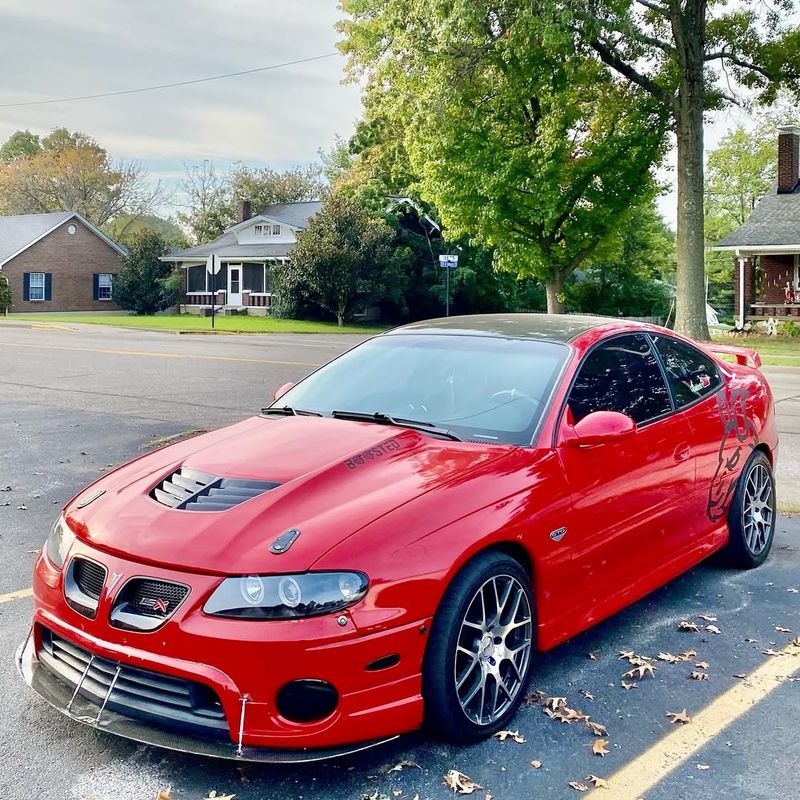
I remember the first time I sat in a 2004 Pontiac GTO. It promised thrill with its powerful engine, but something felt off. Perhaps it was the lack of distinct styling that left it overshadowed.
Did you know the GTO was actually an Australian import, rebadged for American roads? This unique background made it a bit of an oddity.
Although it roared with a V8 heart, the GTO couldn’t quite ignite the passion of muscle car fans.
2. Chevrolet SSR
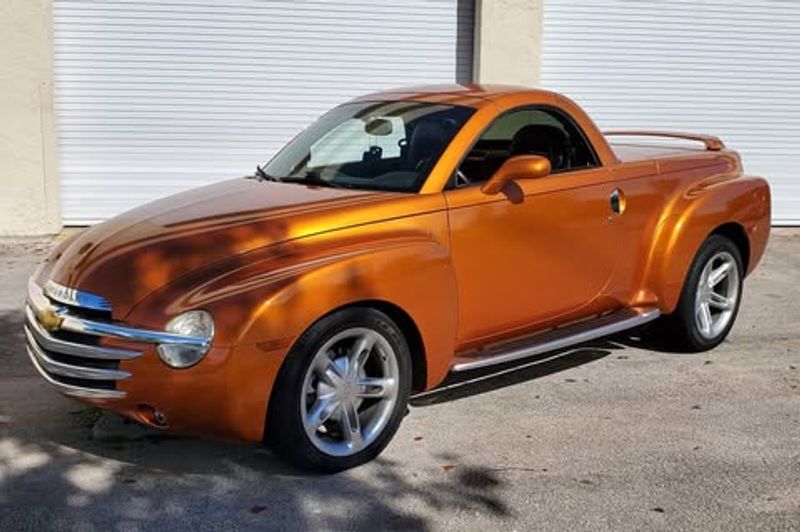
The Chevrolet SSR was a fascinating combination of pickup and roadster. Its retro styling and retractable hardtop made it stand out, but perhaps too much for a mainstream audience.
Imagine a crossover between a truck and a sports car, like an automotive mullet – business in the front, party in the back.
Despite its unique design, the SSR never found its niche. Its heavy weight and high price tag didn’t help, leading to a short-lived production run.
3. Dodge Charger Daytona (2006)
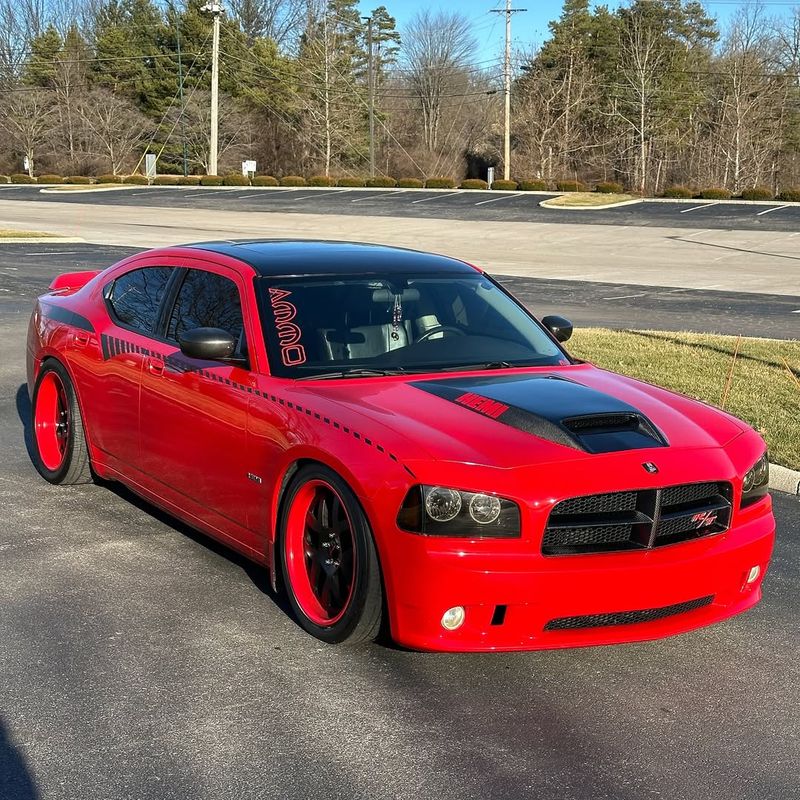
Growing up, the Dodge Charger had a legacy of speed and style, a true icon of the roads. But when I encountered the 2006 Daytona edition, I felt something had changed.
While powerful, it didn’t evoke the same admiration. Perhaps its modern design sacrificed the classic flair. Still, it had a presence that commanded attention.
Was it the right evolution for such a storied name, or had it strayed too far from its roots? Why didn’t it connect with the fans who cherished the original?
4. Ford Mustang II Cobra II
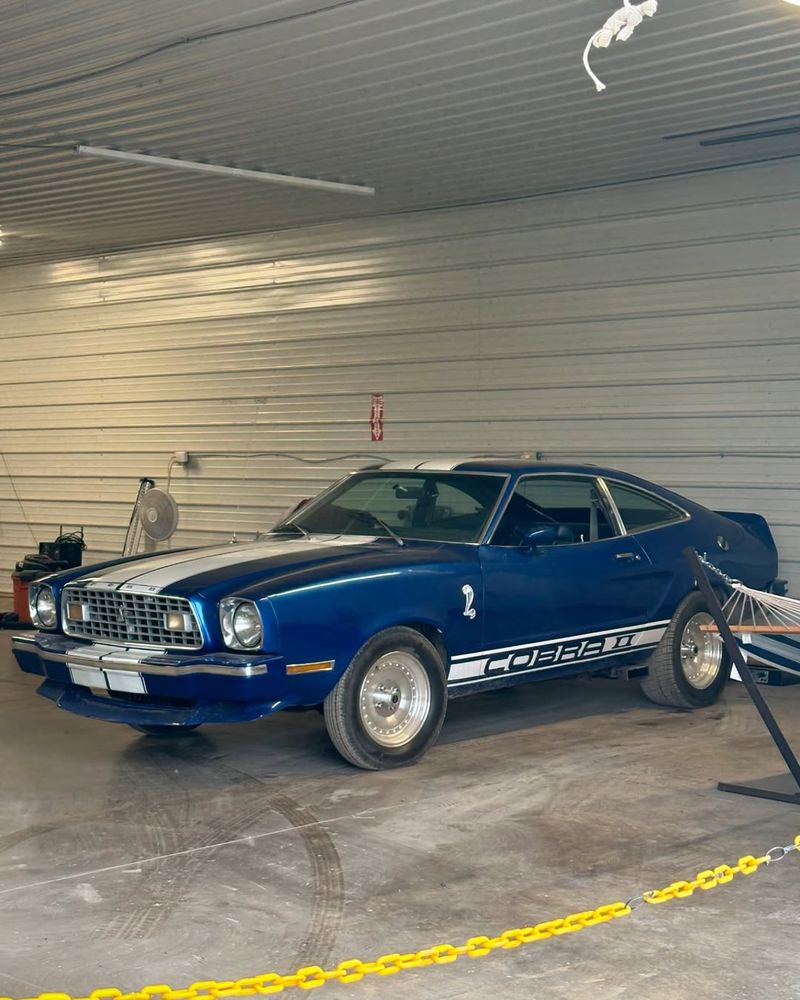
The Ford Mustang II Cobra II was supposed to be a successor, yet it fell short of its potential. Compared to the elegance of the original Mustang, this model was somewhat lacking.
It wore racing stripes and carried the Mustang badge, but it felt more like a distant cousin to the thoroughbred.
Its smaller engine and less aggressive appearance didn’t resonate with fans. While it tried to capture the essence of speed, it was more of a whisper than a roar.
5. Mercury Cougar XR7 (mid-’70s)
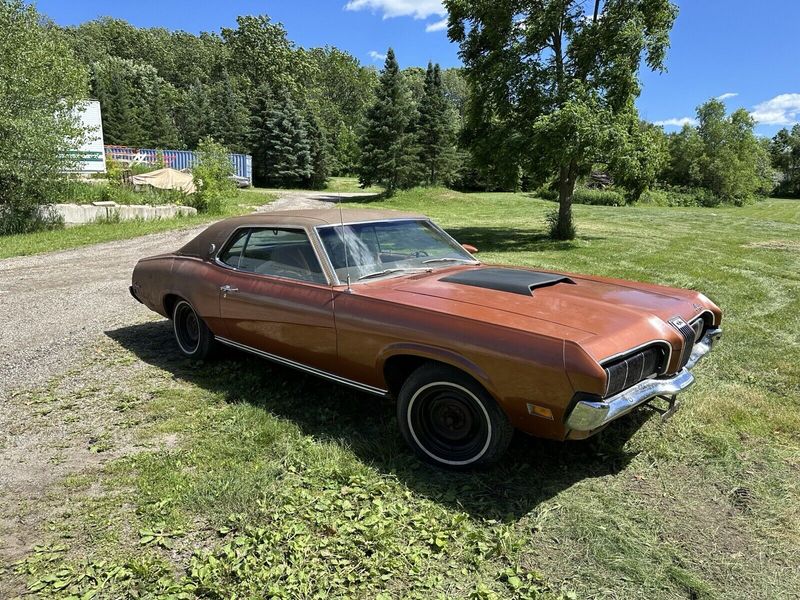
I once stumbled upon a Mercury Cougar XR7 at a classic car show. The memories it evoked were bittersweet. It was part of an era that tried but ultimately couldn’t keep up with the competition.
The XR7 had an interesting feature – a luxurious interior more akin to a gentleman’s club than a racetrack. Yet, this plush approach couldn’t mask its lack of performance.
It was an intriguing contrast to its rivals, but perhaps too refined for the muscle car enthusiasts of the time.
6. AMC Matador Machine
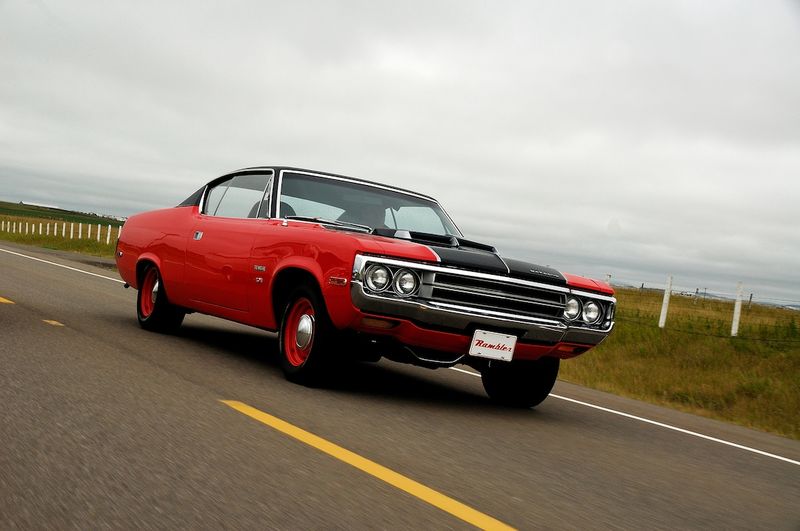
The AMC Matador Machine was a spectacle, with its bold graphics and muscular stance. It was like a rockstar trying to make a comeback but without the fanfare.
Despite its robust V8 engine, it never quite managed to capture the imagination of the public. The design was daring, perhaps too much for the conservative tastes of the time.
It seemed like an experiment in style and power that didn’t quite gel with its audience. Was it too ahead of its time or just out of place?
7. Dodge Aspen R/T
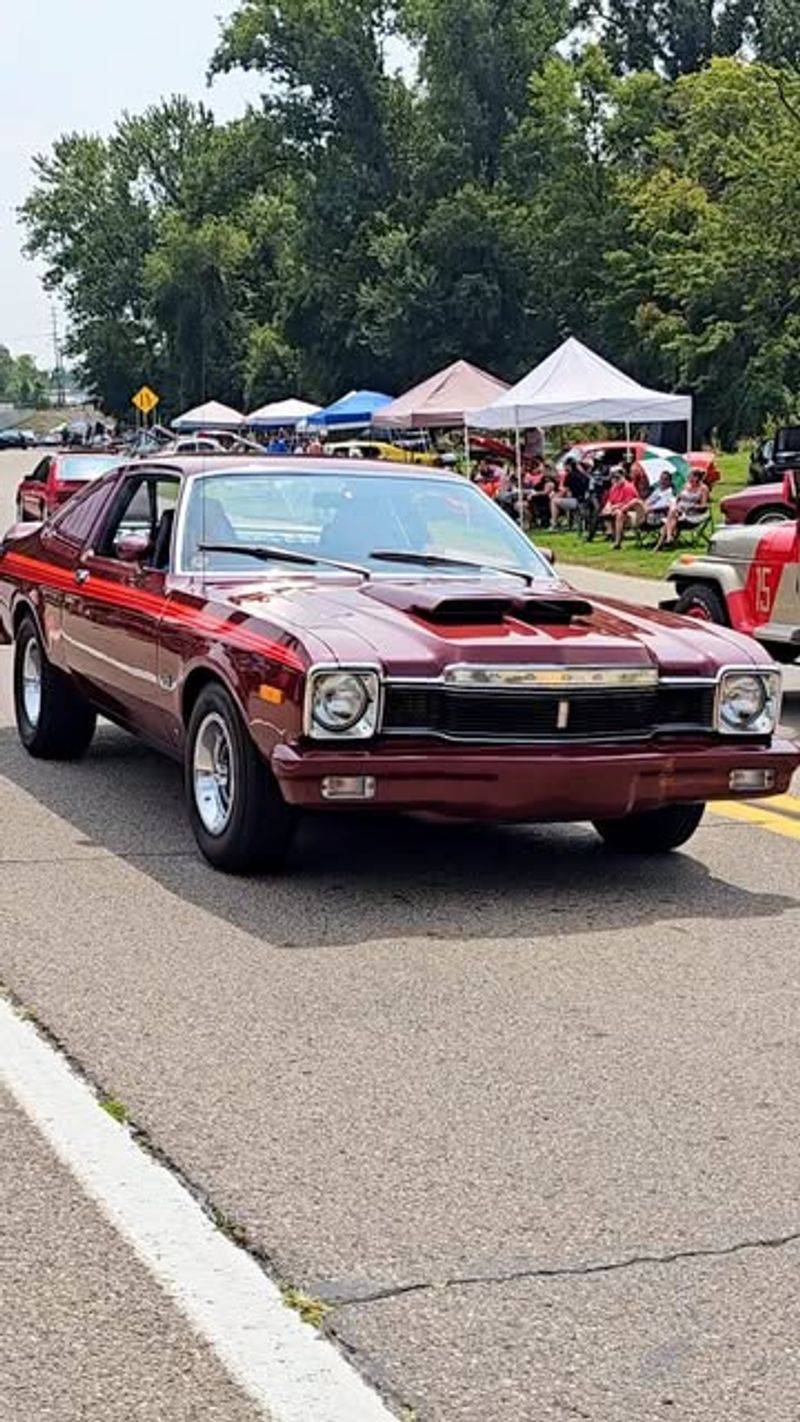
Back in the day, the Dodge Aspen R/T was introduced with much expectation. It had the looks and the promise of speed. But it was plagued by reliability issues and a lack of identity.
The R/T badge suggested performance, yet it struggled to live up to the hype. Enthusiasts were left wondering if it could have been more.
Was it the victim of circumstances, or did it lack the essence of a true muscle car? Could it have been a contender if things were different?
8. Plymouth Volaré Road Runner
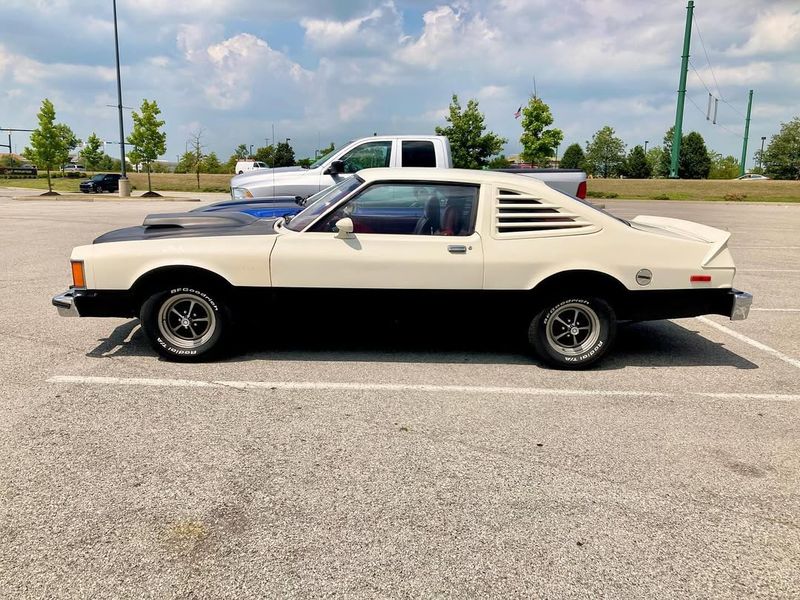
The Plymouth Volaré Road Runner, a name that hints at speed, yet it didn’t quite deliver. Compared to its rivals, it was like a sprinter with a limp.
The once fearsome Road Runner badge didn’t save it from being overshadowed by bolder designs. Its compact size and modest performance left it outgunned in the muscle car arena.
It was a shadow of its former glory, unable to match the pace set by its peers.
9. Buick Gran Sport 455 (1973–1975)

I recall visiting a car museum and being drawn to the Buick Gran Sport 455. It was a beast with a heart of gold but never got the recognition it deserved.
With its massive engine, it promised power, yet its styling was unremarkable. This incongruence perhaps kept it from achieving greatness.
An interesting tidbit: it was one of the last of the big block muscle cars. Despite its potential, it remained in the shadows of more illustrious names.
10. Oldsmobile 442 (late ’70s)
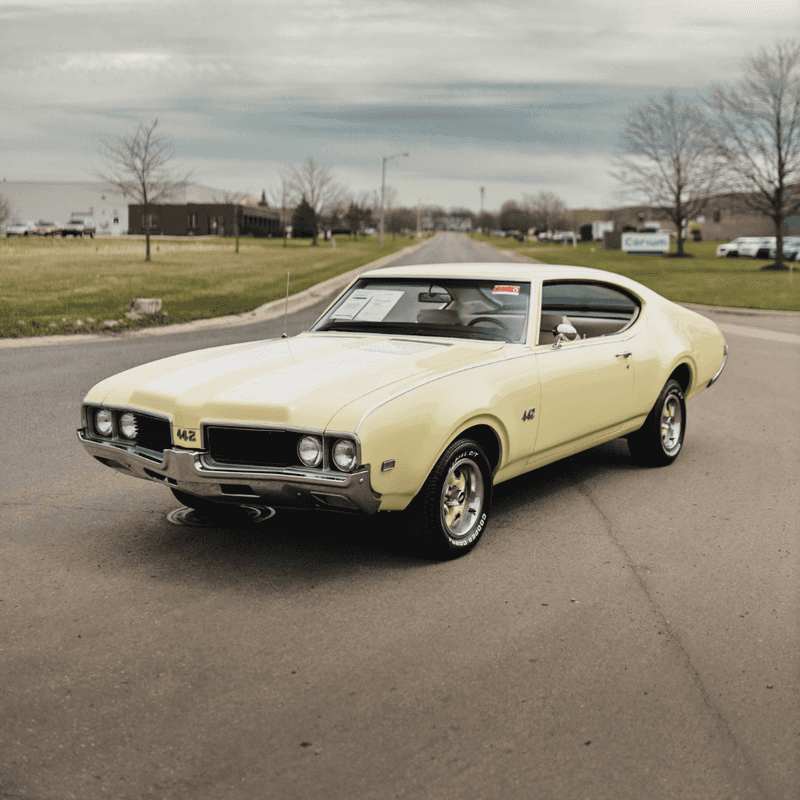
Once a muscle car benchmark, the 442 was watered down to a trim level by the late ’70s. It still looked sharp, but the performance was gone.
The big engines disappeared, replaced by bland V8s barely breaking 200 hp. It was a name without substance—like putting a race number on a rental car. Nostalgia sold it; regret followed.
11. Chevrolet Monte Carlo SS (2000s)
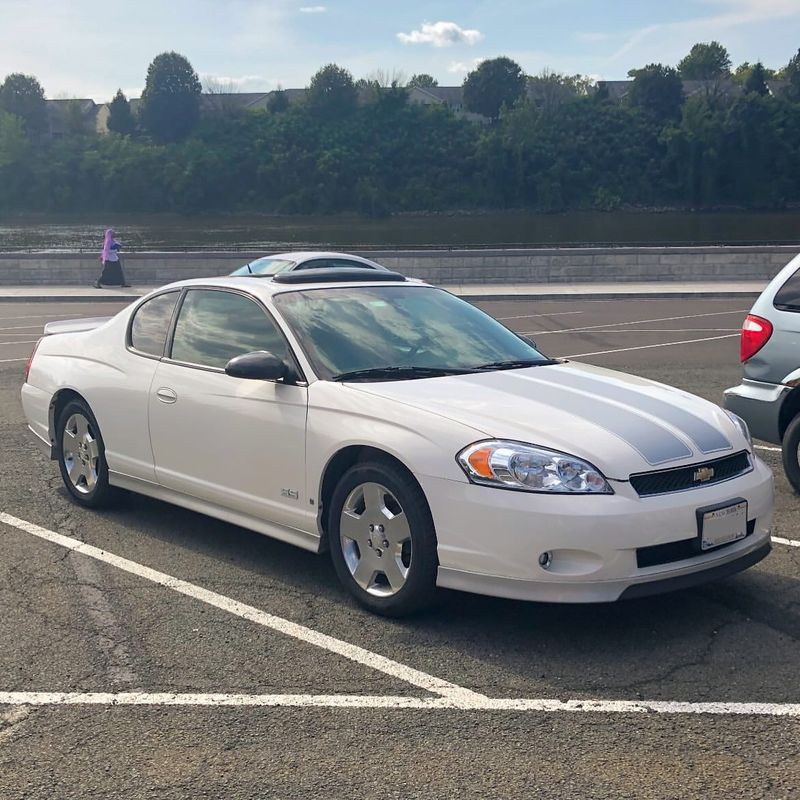
The Chevrolet Monte Carlo SS was a curious combination of past and present, trying to recapture the magic of its predecessors. But I always felt it was missing something.
Perhaps it was the styling or the performance that didn’t quite match the legend. It was a car trapped between eras, unable to fully engage with the muscle car resurgence.
Was it nostalgia that fueled its creation, or was there potential for a new legacy? Why didn’t it leave a lasting impression on the muscle car scene?
12. Ford Torino GT (1974)
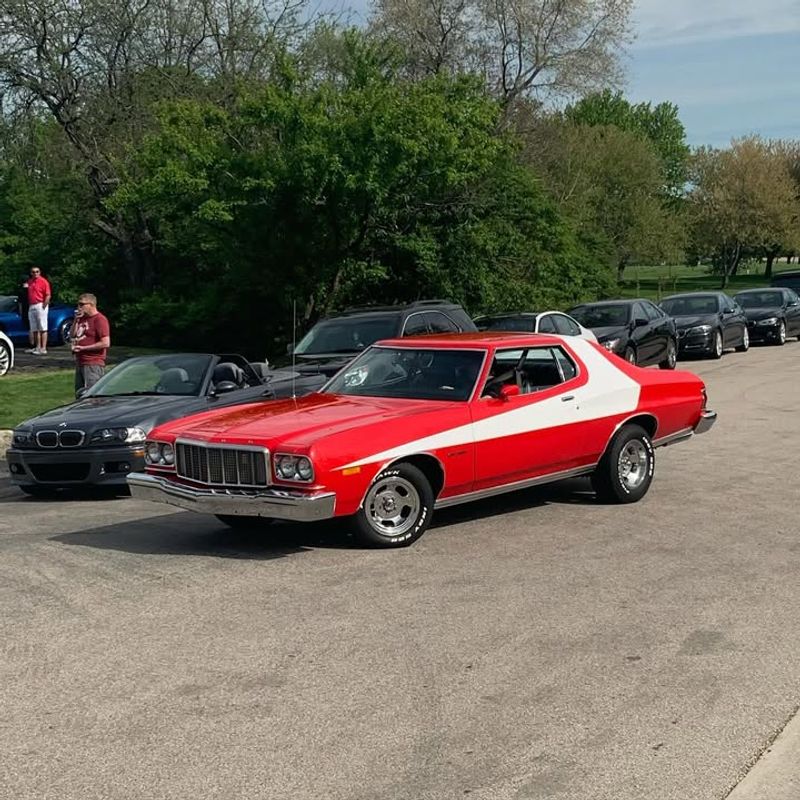
Compared to the Chevelle or Charger of the era, the Torino GT grew too large and too soft. Styling leaned toward full-size comfort, and performance was sapped by emissions constraints.
It was no longer a brute—it was a bruised cruiser. The muscle was gone, and buyers could feel it.
It became a footnote in the muscle car narrative, unable to carve out its own identity.
13. Pontiac Grand Am GT Coupe (2000s)
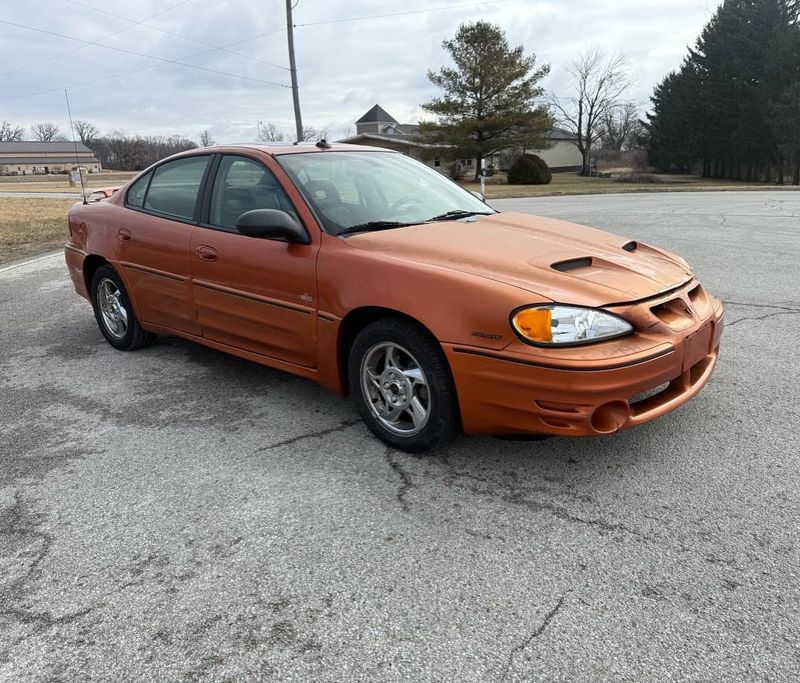
One sunny afternoon, I encountered a Pontiac Grand Am GT Coupe parked by the lake. It promised excitement and style but felt more like a compromise.
With its modern design, it aimed to capture a new audience, yet it lacked the punch of classic muscle. Did you know it had one of the most distinctive dashboards of its time?
But that wasn’t enough to win over enthusiasts. It seemed caught between ambition and execution.
14. Chevrolet Lumina Z34

The Chevrolet Lumina Z34 attempted to redefine the family car with a splash of sportiness. Imagine a minivan dressed for a night out – it wanted to be taken seriously but never quite fit in.
Its V6 engine and aerodynamic design offered promise, yet it couldn’t shake its sedan roots. Despite its efforts to stand out, it blended into the background.
The Z34 was a paradox, both attempting to break free and being held back by its own design.
15. Dodge Magnum RT
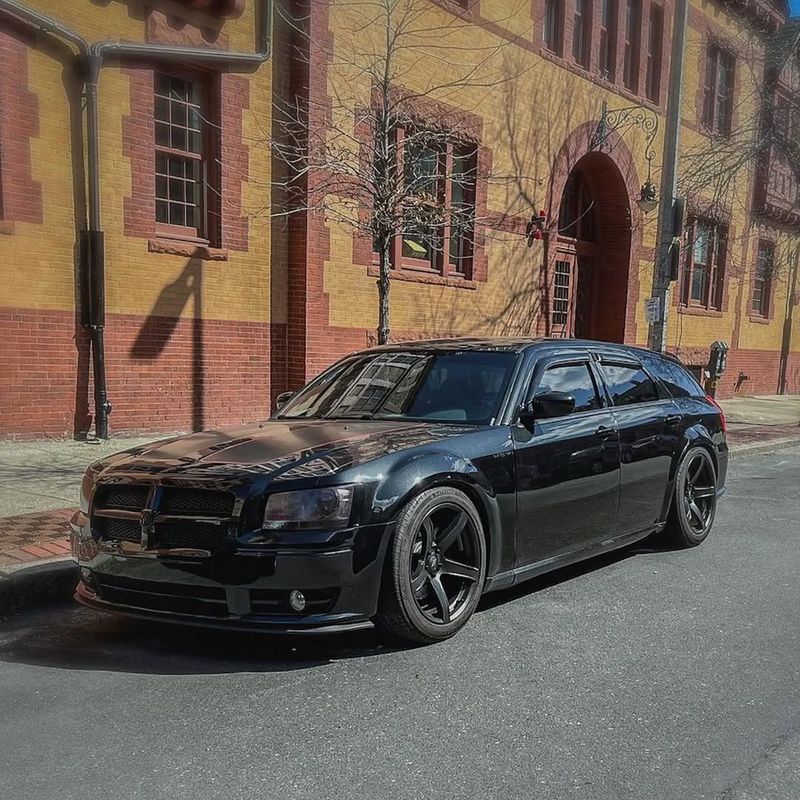
It had HEMI power and rear-wheel drive, but the wagon body left people confused. Was it a family hauler or a muscle machine?
In practice, it was both—and that was the problem. It didn’t have a clear market.
This conundrum left it in a niche market, appreciated by few but overlooked by many.
16. Mercury Marauder (2003–2004)
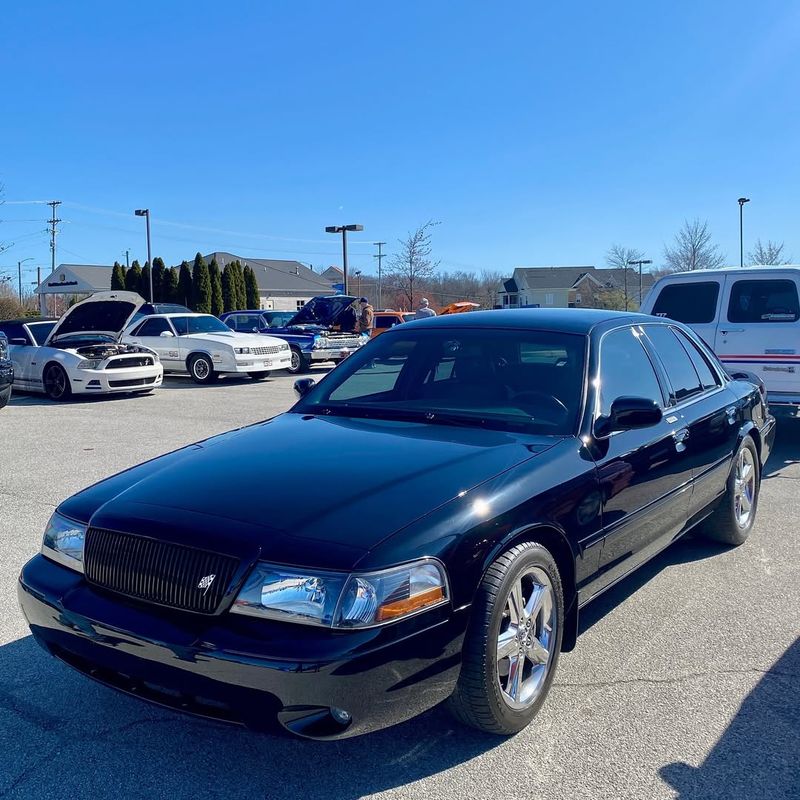
The Mercury Marauder was a unique attempt to bring luxury and muscle together. Compared to its sibling, the Ford Crown Victoria, it tried to add a sporty flair.
However, it struggled to shake the image of a police car in disguise. Its V8 engine and an amazing design promised excitement, yet it didn’t quite resonate with the intended audience.
It was a fusion that didn’t fully satisfy either camp.
17. Pontiac Firebird Formula (1993–1997)
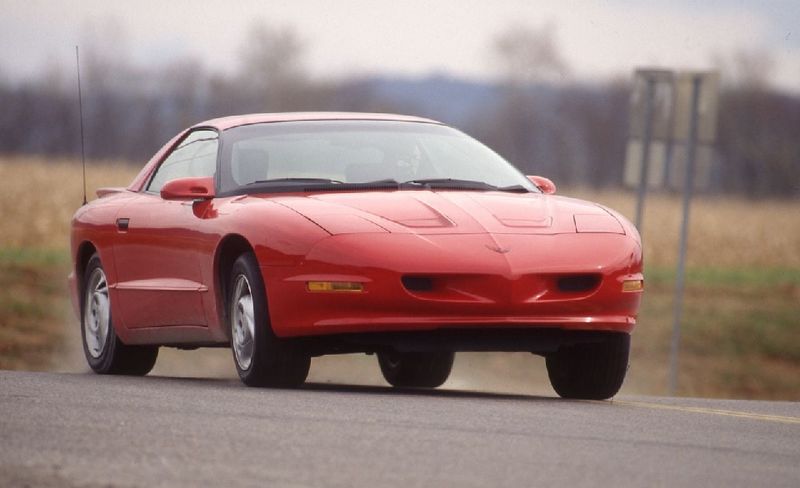
I remember the first time I saw a Pontiac Firebird Formula. Its refined lines and roaring engine drew me in. It was a car that promised speed but somehow felt ordinary.
Did you know it was part of the fourth generation of Firebirds, aiming to modernize the classic? Despite its efforts, it couldn’t quite capture the imagination of muscle car enthusiasts.
It seemed caught between innovation and nostalgia. What could have been done to make it soar in the hearts of fans?
18. Chrysler 300 SRT8
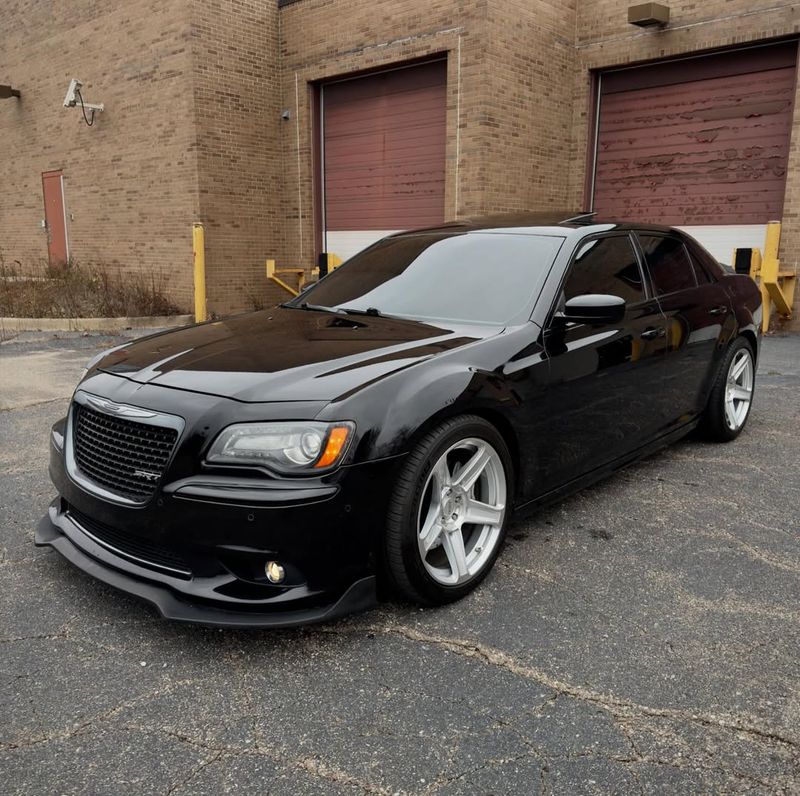
The Chrysler 300 SRT8 was a bold statement in luxury and performance. Imagine a luxury sedan with a racing heart – it tried to be everything for everyone.
Its powerful V8 engine offered thrills, but its weight and size made it feel cumbersome. Although it attempted to merge elegance with speed, it couldn’t quite connect with the muscle car purists.
It was an intriguing conundrum – a power suit with racing stripes. How did it fare in the battle between luxury and performance?
19. Ford Thunderbird Super Coupe
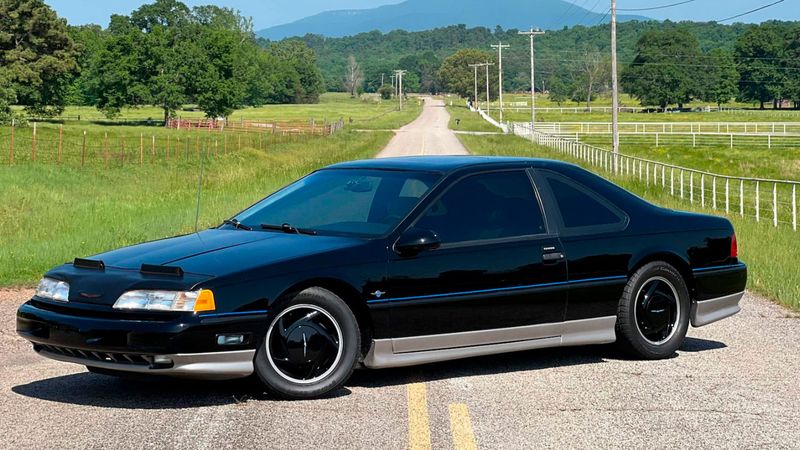
It came with a supercharged V6 and rear-wheel drive, but no one seemed to care. It wasn’t the ’Bird of the ’50s, and it wasn’t modern enough to pull new fans in.
Its mix of grand touring and muscle was admirable—but did anyone really want both in one car?
It left fans pondering whether it was a worthy addition or a misstep in the storied lineage.
20. Chevrolet Caprice Classic Brougham LS

The Chevrolet Caprice Classic Brougham LS was an elegant attempt to combine size with style. Compared to the Impala, it was the understated sibling trying to find its place.
Its plush interior and spacious design offered comfort, yet it lacked the dynamic edge of its rivals. It was more of a cruiser than a racer, unable to captivate the muscle car audience.
Despite its grace, it was overshadowed by more powerful contenders. How did it fit into the landscape of American cars?
21. Dodge Charger SE (late ’70s)

I remember driving a Dodge Charger SE on a long country road. It felt like a throwback to simpler times, but not quite what I expected.
The SE was more about comfort than power, with a softer suspension and plush seating. An interesting fact: it tried to cater to a broader audience, moving away from its muscle car roots.
Yet, this shift left fans yearning for the raw excitement of earlier models. Was it a wise decision to change direction, or did it miss the mark entirely?
22. Plymouth Duster Twister
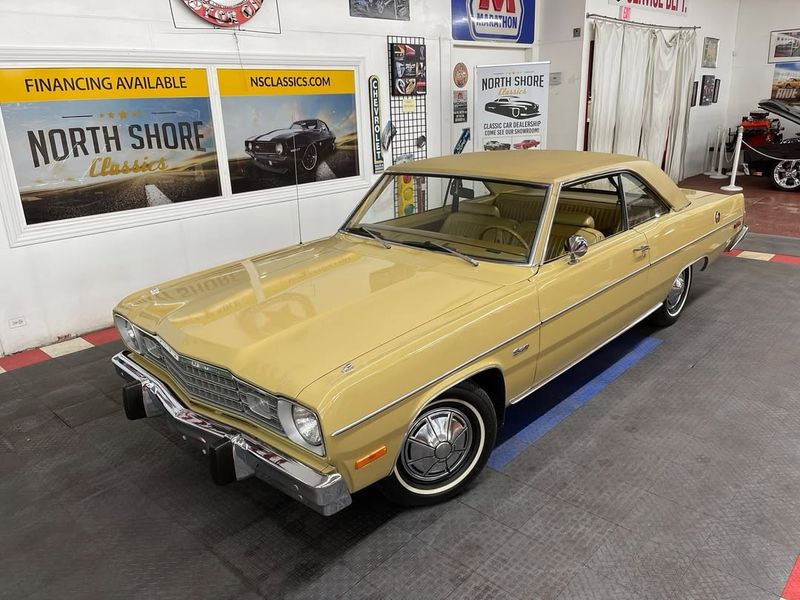
The Duster could be quick, but the Twister was mostly a decal package. No V8 standard, just appearance tweaks.
Compared to the Demon 340 or even base Novas, it didn’t hold up. Mopar fans expected substance, and this didn’t deliver.
While it had potential, it remained a niche choice, appreciated by a select few.
23. Buick Regal GS (2010s)

The Buick Regal GS was an attempt to redefine luxury with a hint of performance. It had the lines and the engine to impress, yet somehow felt like a combination of two worlds.
I drove one briefly—a turbocharged sleeper with sharp steering and a surprisingly upscale interior. It was quick, but no one noticed. It looked like every other Regal.
The Regal tried to cater to those seeking comfort and thrill but couldn’t quite satisfy either fully.
24. Pontiac Can Am
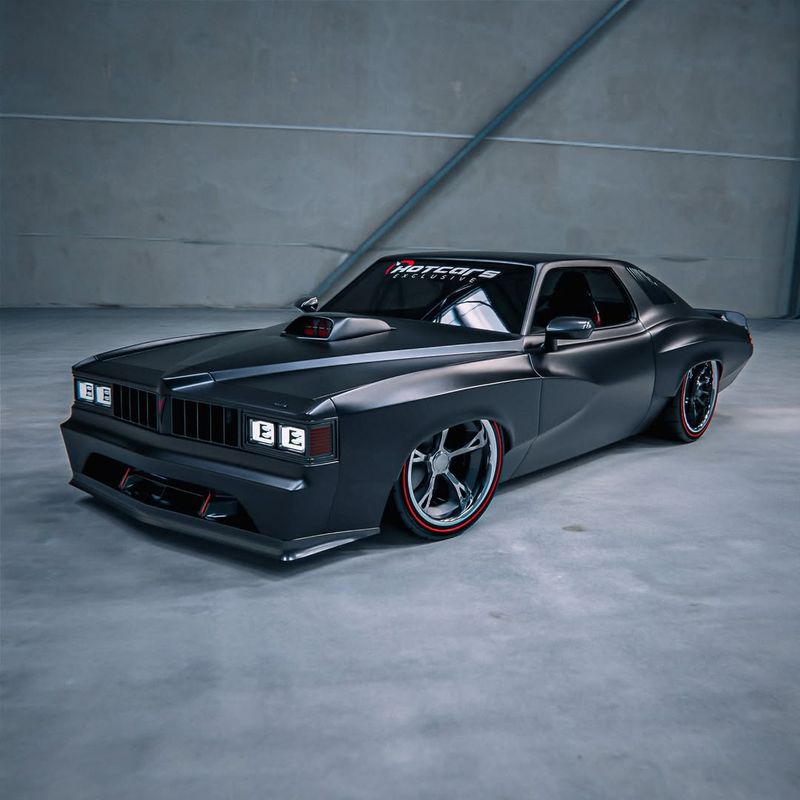
The Pontiac Can Am was an intriguing combination of power and style. Compared to the GTO, it was the underdog trying to make a name for itself.
It carried the reputation of Pontiac’s performance pedigree, but it never reached the same height of adoration. Its distinct graphics and powerful engine hinted at greatness, but it was short-lived.
The Can Am was a fleeting moment in automotive history, unable to cement its place among legends.
25. Oldsmobile Cutlass Calais
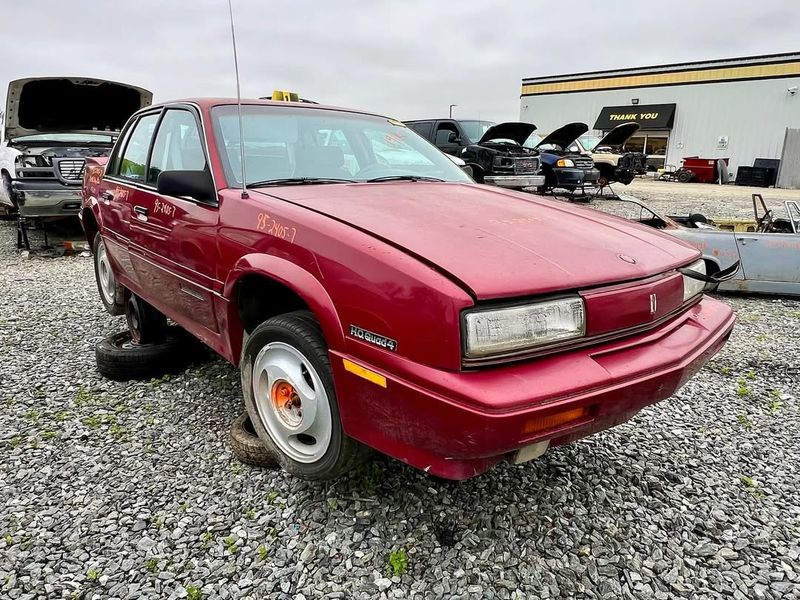
I once owned an Oldsmobile Cutlass Calais, a car that was more about comfort than speed. It was a trusted companion for daily drives, with its smooth ride and cozy interior.
The Calais was designed to appeal to families and commuters rather than speed enthusiasts. An interesting tidbit: its name was inspired by a French city.
Despite its practicality, it never captured the imagination of muscle car fans. Could it have been more than just a reliable option if marketed differently?
26. Ford Fairmont Futura
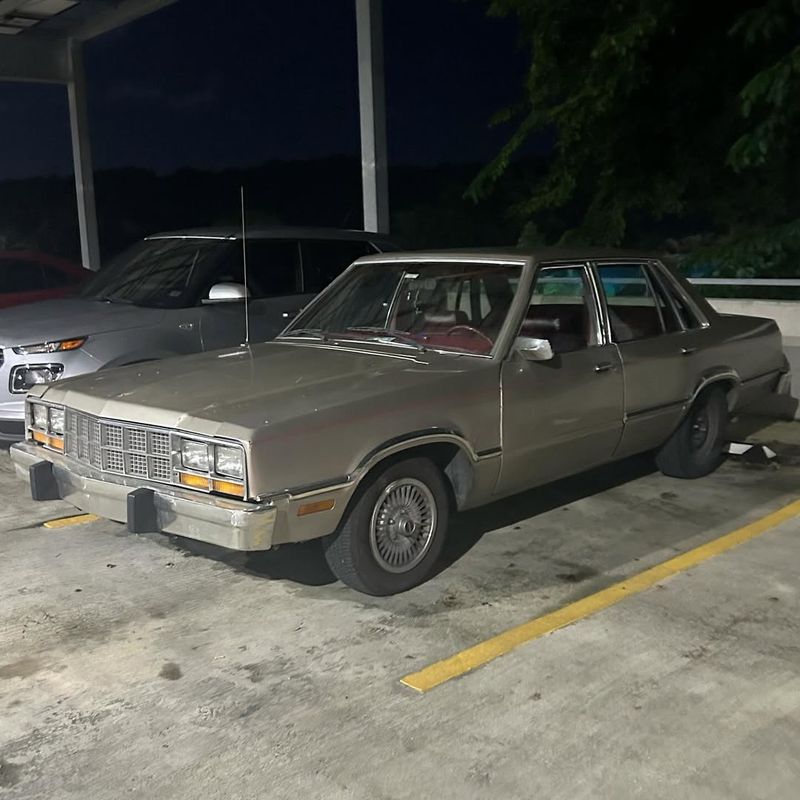
The Ford Fairmont Futura was an attempt to combine innovation with practicality. Imagine a sedan dressed for a night at the races – it tried to be bold yet approachable.
Its futuristic design and compact size were appealing, but it couldn’t shake the image of a family transporter. The Futura never quite found its footing in the muscle car landscape.
It was a vehicle caught between ambition and reality, destined to remain in the shadows.
27. Chevrolet Citation X-11
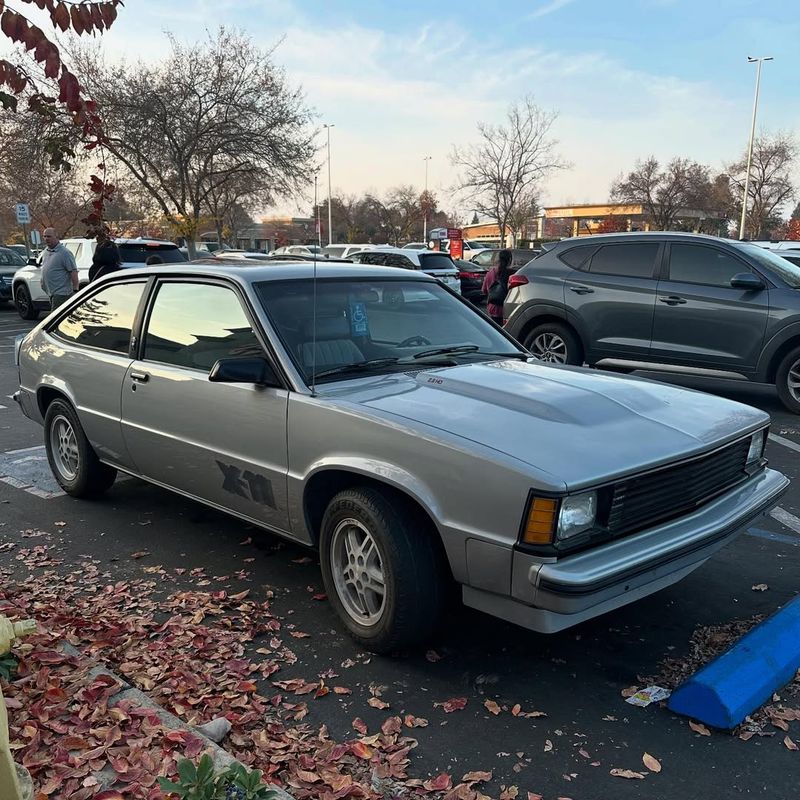
The Chevrolet Citation X-11 was an oddity in the world of performance cars. It aimed to inject excitement into the compact segment, but felt more like an experiment.
Its V6 engine and sporty handling promised thrills, yet it couldn’t escape its economy car roots. I found it to be a curious combination of ambition and compromise.
Was it a victim of timing, or did it simply lack the charm to woo enthusiasts? Despite its efforts, the X-11 couldn’t quite make its mark in the annals of muscle cars.
28. Dodge Mirada CMX
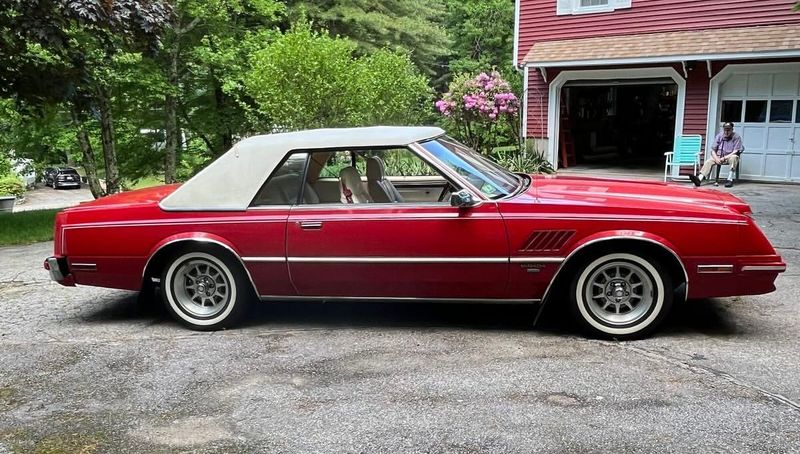
The Dodge Mirada CMX was a stylish attempt to capture the luxury performance market. Compared to the more aggressive muscle cars, it was like a tuxedo at a rock concert.
Its refined lines and plush interior promised elegance, but it lacked the raw power fans craved. Despite its allure, it never quite broke free from the shadows of more prominent models.
The CMX was a reminder that style alone can’t carry a car to greatness. How did it fare against the heavyweights of its time?
29. Mercury Montego GT
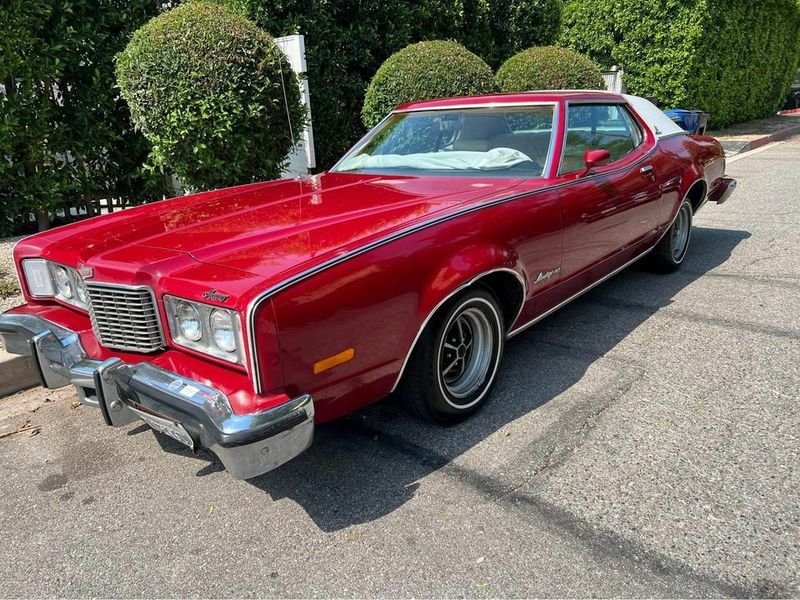
The Mercury Montego GT holds a special place in my heart, a car that tried to balance power and luxury. It was my father’s pride and joy, a combination of class and performance.
With a robust engine and refined styling, it promised much. An interesting tidbit: it was one of the few cars of its time to offer a digital dashboard.
However, it couldn’t quite capture the muscle car essence. Was it too refined for those seeking raw power, or was it the right mix for a new era?
30. Plymouth GTX (1971–1974)
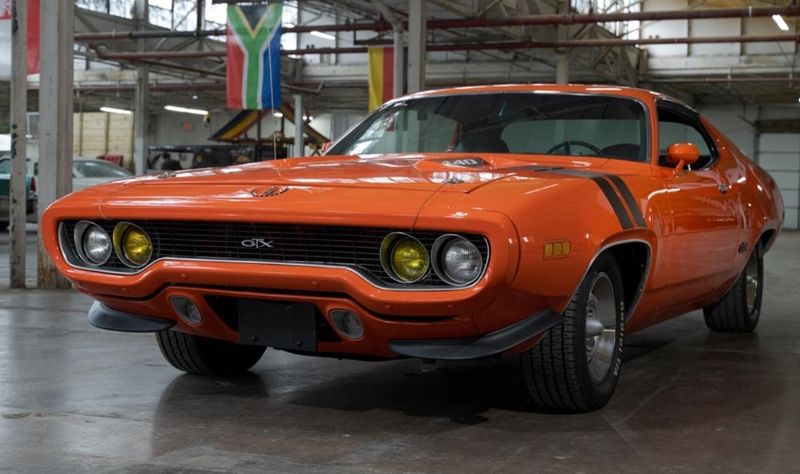
The Plymouth GTX was a tribute to power and style, a true contender in the muscle car wars. Yet, it struggled to carve out its niche.
Imagine a heavyweight boxer with a gentle touch – it had the muscle but never quite connected with the audience.
Its powerful engine and aggressive design were commendable, yet it was overshadowed by more charismatic rivals.
The GTX became a symbol of untapped potential, a legend waiting to be born. What was it about the GTX that couldn’t quite hit the mark?
31. AMC Hornet SC/360
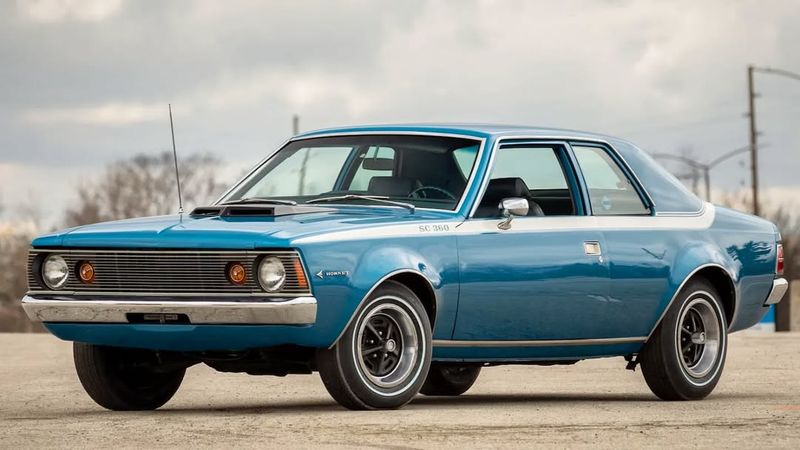
The AMC Hornet SC/360 was an attempt to bring power to the compact car scene. It was a daring move, yet not without its flaws.
The SC/360 was like a sprinter trying to compete in a marathon – it had bursts of speed but lacked endurance. While its V8 engine was impressive for its size, it couldn’t compete with the big boys.
The Hornet was an underdog striving for greatness, but always one step behind.
32. Ford Ranchero GT (late years)
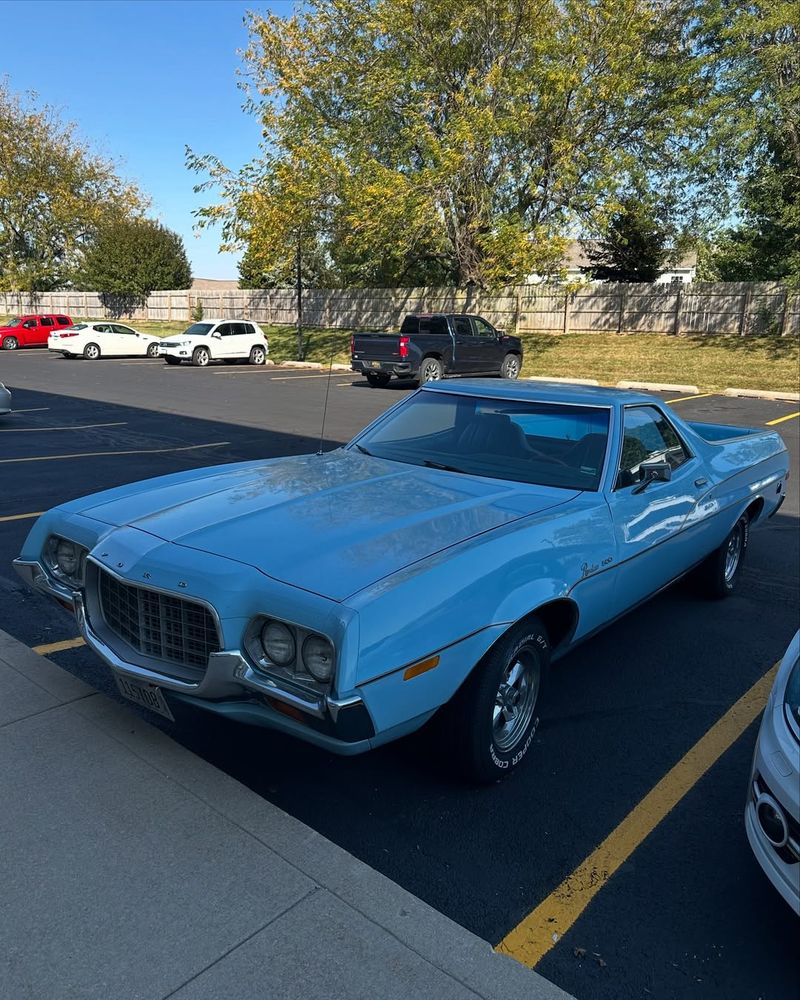
The Ford Ranchero GT was a unique combination of car and truck, a utility vehicle with a touch of flair.
By the ’80s, the El Camino SS was all sticker and little punch. The Monte Carlo SS had more cred, leaving the El Camino behind.
The Ranchero was more of a workhorse than a show pony, appreciated for its versatility but overshadowed by more dynamic models.
33. Chevrolet El Camino SS (1980s)
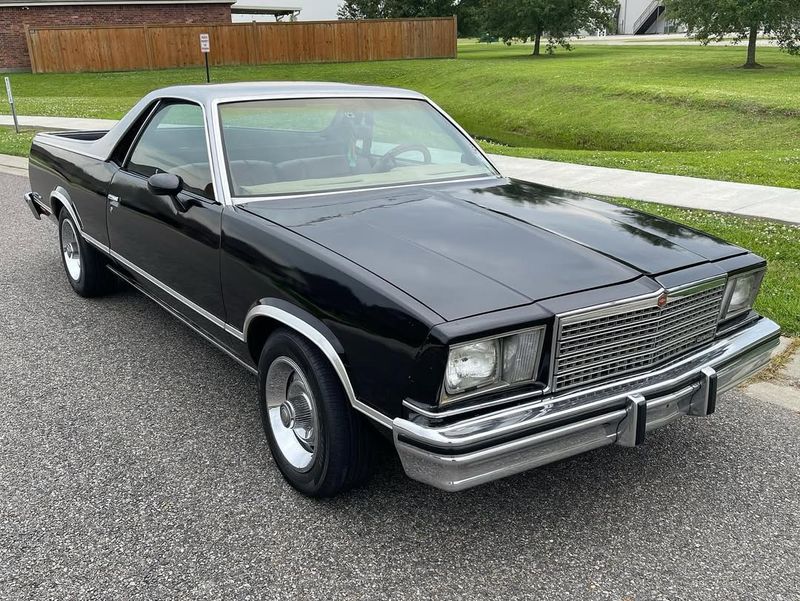
My uncle owned a Chevrolet El Camino SS, a car that was both a ride and a utility vehicle. It was a favorite for weekend trips, with its unique combination of truck and muscle.
The SS had a certain charm, but it wasn’t without its limitations. It tried to be a jack-of-all-trades, yet it couldn’t quite master any.
An interesting detail: it was one of the last of its kind, a dying breed. Did it ever truly belong in the muscle car world, or was it a category of its own?
34. Buick Century GS
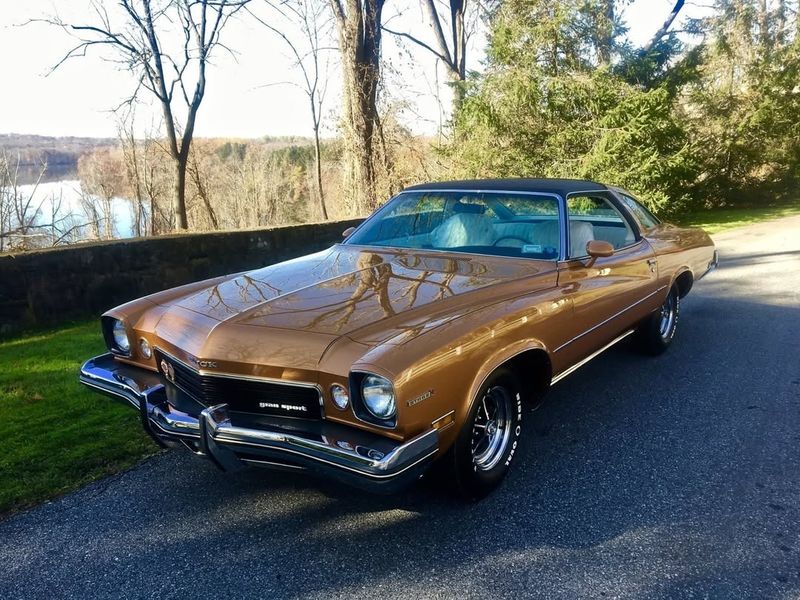
The Buick Century GS was an attempt to bring sophistication to the muscle car market. Imagine a gentleman racer with impeccable manners – it tried to balance flair with refinement.
Its powerful engine promised excitement, yet its conservative styling held it back. The Century GS was more of a behind-the-scenes player, unable to steal the limelight from its flashier rivals.
It was an elegant attempt to redefine the genre but ultimately found itself overshadowed. How did the Century GS fit into the muscle car legacy?
35. Pontiac Sunbird GT
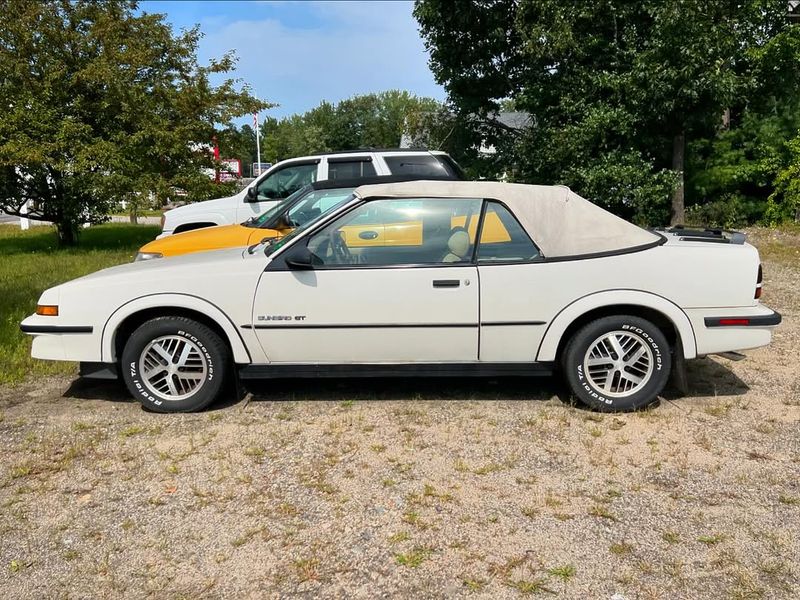
The Pontiac Sunbird GT was a curious attempt to capture a new market, with its compact design and sporty flair. It was my first car, and I often reminisce about the adventures we had.
Despite its efforts, the Sunbird never quite resonated with muscle car fans. An interesting fact: it was one of the few cars to offer a turbocharged engine in its class. Yet, its size and modest power left it in the shadows.
36. Dodge Stealth R/T Twin Turbo

The Dodge Stealth R/T Twin Turbo was a technological marvel, trying to inject new life into the sports car scene. Compared to its Japanese counterparts, it was an ambitious combination of power and innovation.
Its twin-turbocharged engine promised thrills, yet it couldn’t quite shake its imported origins. The Stealth was a fusion of cultures, trying to find its identity in a crowded market.
Despite its capabilities, it never fully resonated with muscle car enthusiasts.
37. Chrysler Crossfire SRT-6
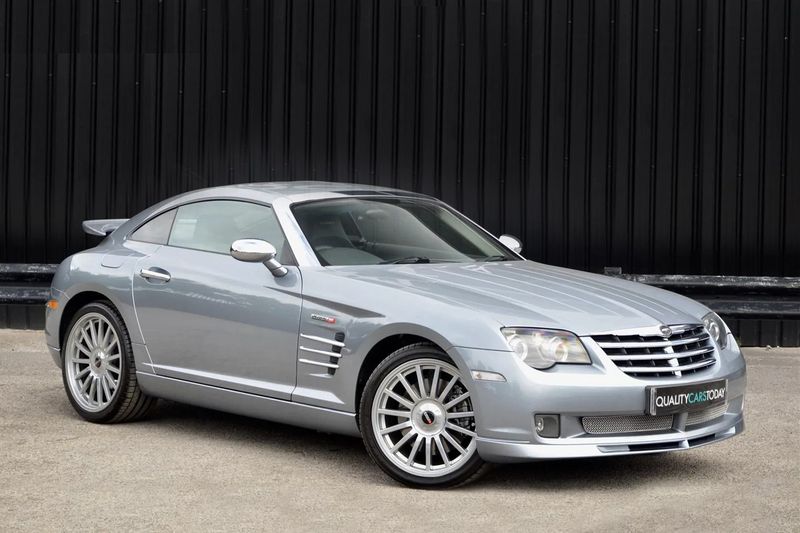
I remember the first time I saw a Chrysler Crossfire SRT-6, its amazing design seemed like something from another world. It was an attempt to combination American muscle with European elegance.
The supercharged engine offered power, but the Crossfire struggled to find its footing. Did you know it was based on a Mercedes platform?
This partnership hinted at potential, yet it couldn’t fully bridge the gap between aesthetics and performance.
